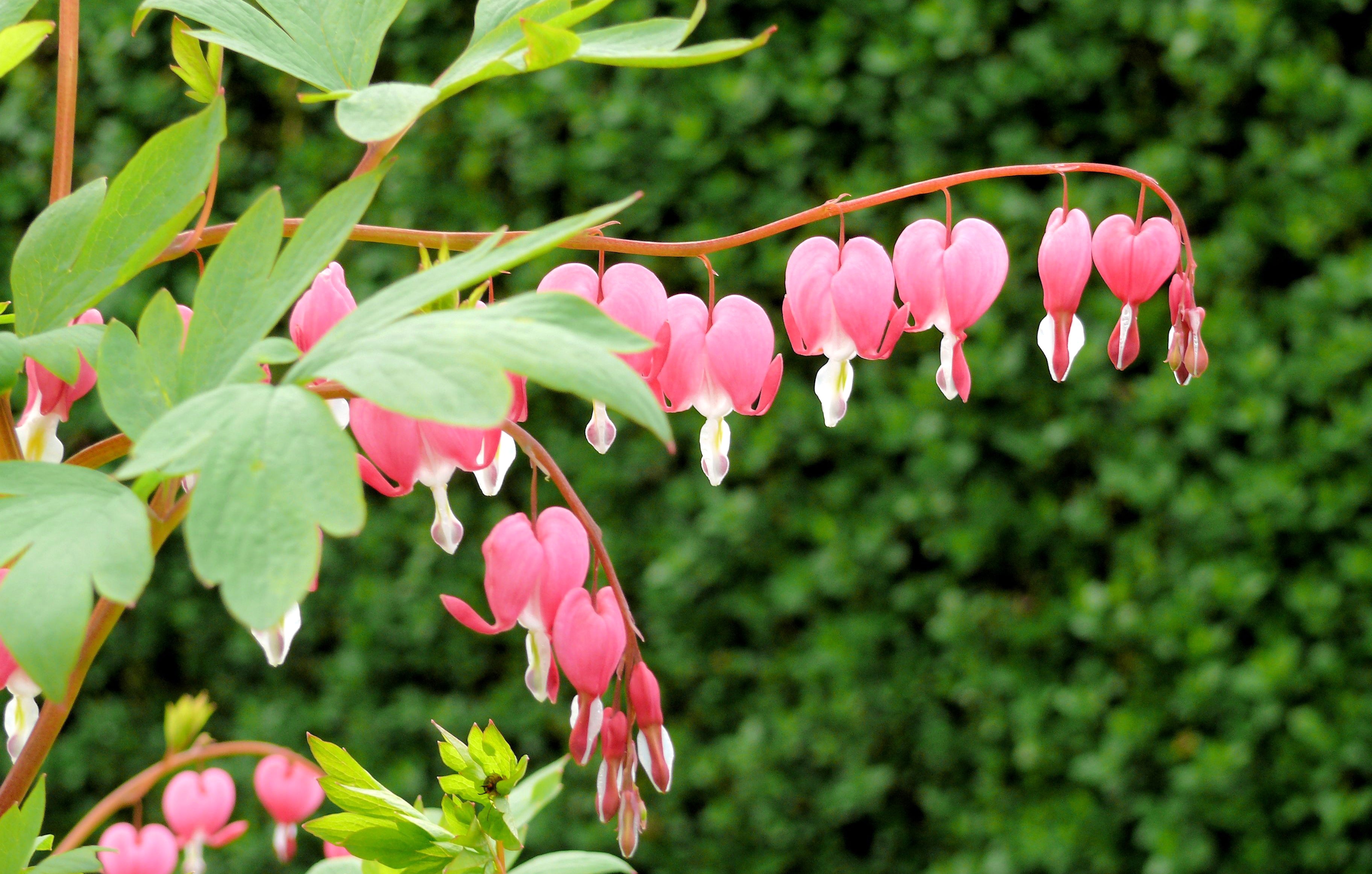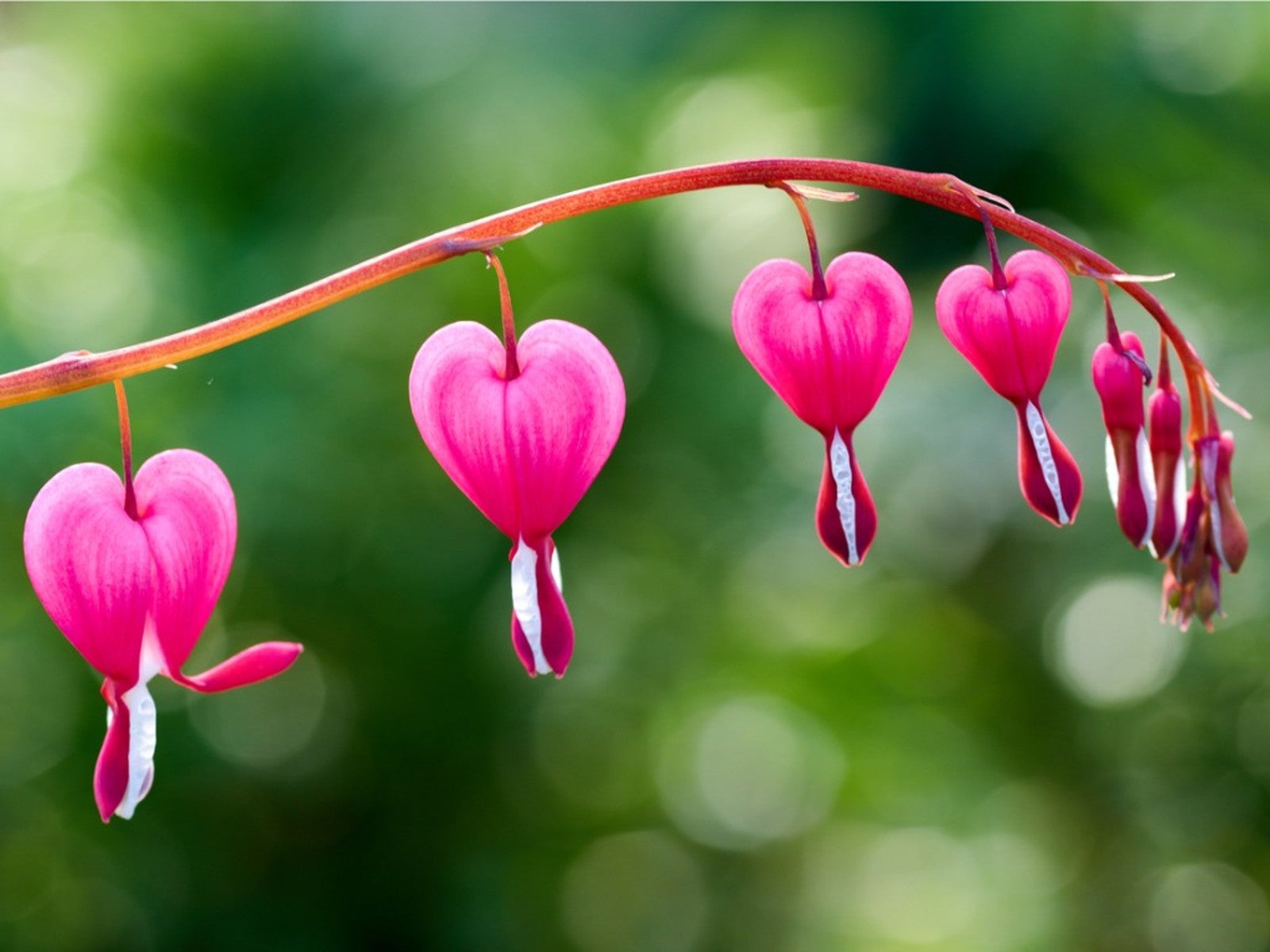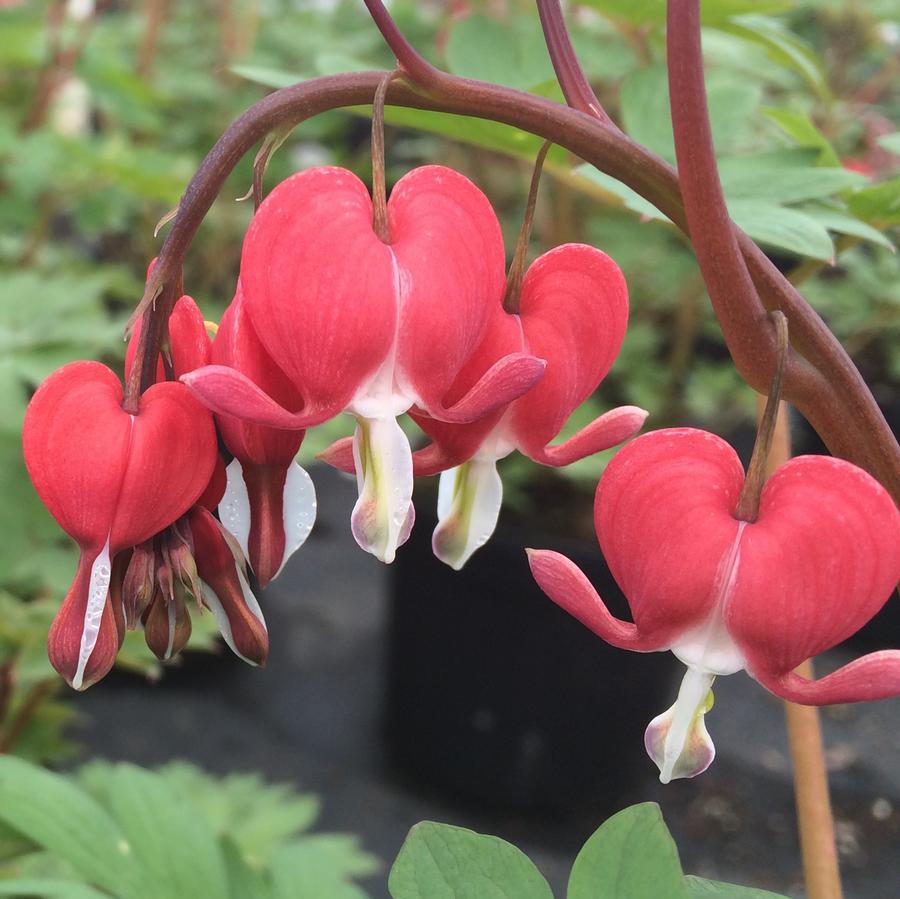The Bleeding Heart, a captivating flower with a unique and evocative name, has long been a beloved addition to gardens worldwide. Its distinctive heart-shaped blooms, often tinged with pink or red, dangle gracefully from arching stems, creating a truly enchanting sight. In this comprehensive exploration, we will delve into the various aspects of this fascinating plant, from its botanical origins to its cultural significance and practical gardening tips.
The Bleeding Heart’s Family Tree
The Bleeding Heart, scientifically known as Dicentra spectabilis, belongs to the poppy family, Papaveraceae. This family encompasses a diverse range of plants, including poppies, columbines, and fumitories. The genus name Dicentra is derived from the Greek words “dis” (two) and “kentron” (spur), referring to the two spurred petals that characterize the flower’s unique shape.
A Global Presence

Native to eastern Asia, specifically China, Korea, and Japan, the Bleeding Heart has been cultivated in gardens for centuries. Its delicate beauty and ease of cultivation have made it a popular choice among gardeners in temperate regions around the world.
A Delicate Form
The Bleeding Heart is a herbaceous perennial that typically grows to a height of 2 to 3 feet. Its foliage is composed of finely divided, fern-like leaves that add a graceful touch to the plant’s overall appearance. The most striking feature of the Bleeding Heart, however, is undoubtedly its flowers. These heart-shaped blooms, often pink or red, dangle from slender stems, creating a cascade of color. The inner petals are white, and a prominent spur extends from the base of each flower, adding to its unique charm.
A Seasonal Display
The Bleeding Heart is a spring-flowering plant, typically blooming from late spring to early summer. Once the flowering period is over, the plant begins to decline, eventually going dormant for the summer months. In some climates, it may reappear in the fall with a second, smaller flush of blooms.

Choosing the Right Spot
The Bleeding Heart thrives in partial shade to full shade, particularly in regions with hot, sunny climates. It prefers rich, well-drained soil that is consistently moist but not waterlogged. While it can tolerate some drought, prolonged dry periods can lead to diminished flowering and overall plant health.
Planting and Propagation
Bleeding Hearts can be propagated through division or seed. Division is the most common method, as it allows for quick and reliable propagation. To divide a Bleeding Heart, carefully dig up the plant in early spring or fall and separate the clumps into individual plants. Replant the divisions in a suitable location, ensuring that they are planted at the same depth as they were originally.
Maintenance and Care
Bleeding Hearts are relatively low-maintenance plants. Once established, they require minimal care. Regular watering is essential, especially during dry periods. However, avoid overwatering, as this can lead to root rot. Deadheading spent blooms can encourage continued flowering and prolong the plant’s overall blooming period.
Pest and Disease Control

Bleeding Hearts are generally resistant to pests and diseases. However, they can be susceptible to fungal diseases, such as powdery mildew, in humid conditions. To prevent fungal infections, ensure good air circulation around the plants and avoid overhead watering. Slugs and snails can also be a problem, particularly in damp environments. Handpicking or using slug bait can help control these pests.
A Symbol of Love and Compassion
The Bleeding Heart’s heart-shaped flowers have made it a symbol of love, compassion, and sincerity. In Victorian times, the flower was often used to convey messages of love and affection. It was also associated with broken hearts and unrequited love, making it a fitting choice for expressing sadness and longing.
In Literature and Art
The Bleeding Heart has inspired countless poets, artists, and writers. Its delicate beauty and romantic symbolism have made it a popular subject in various forms of creative expression. From paintings and poetry to literature and music, the Bleeding Heart continues to captivate the human imagination.

The Bleeding Heart, with its unique beauty and rich cultural significance, is a delightful addition to any garden. Its ease of cultivation and low-maintenance requirements make it a popular choice for gardeners of all levels. By following the tips and guidelines outlined in this article, you can enjoy the beauty of this enchanting flower for years to come.
Bleeding Heart Plant
:max_bytes(150000):strip_icc()/bleeding-heart-flowers-getty-0421-2000-a48b554280714d788578ca9784568a22.jpg)
